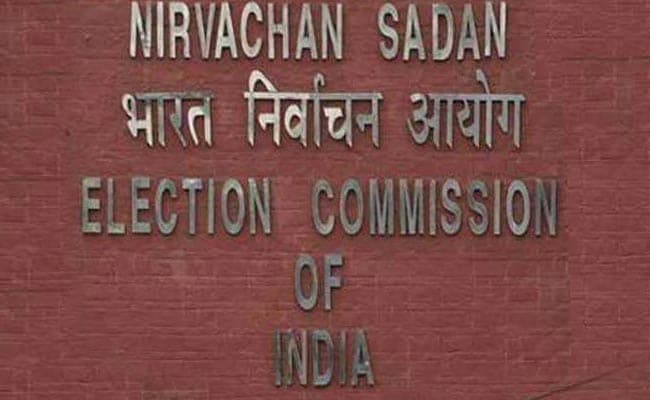Does EVM Have An Operating System? Here Is Election commission’s Reply


The new FAQs related to the elections were updated on the Commission’s official website on February 7th.
New Delhi:
The Election commission of India (ECI) has replied to many questions including Oppositions’ doubts over EVMs in its Frequently Asked Questions (FAQ). The new FAQs related to the elections were updated on the Commission’s official website on February 7th.
Amid a massive row over tamperability of Electronic Voting Machines (EVMs), the Election Commission clarifies that EVM does not have operating system (OS).
According to the poll body, it only uses firmware or machine-level instructions that are embedded in a one-time-programmed (OTP) memory to eliminate any scope for reprogrammability.
The Commission also explains how candidate names and symbols enter into the ballot box. It says symbols are loaded in a symbol loading unit (SLU) in the presence of contesting candidates or their representatives from a window operating system-based symbol loading application that is manufactured by BEL and ECIL.
BEL (Bharat Electronics Limited) and ECIL (Electronics Corporation of India Limited) are both PSUs that come under the defence ministry and the atomic energy department.
The symbol loading application is installed in the system provided by the district election officer. Then, with the help of a USB cable, it is uploaded into the SLU.
The commission said that after uploading the symbol and name, they verify them with the VVPAT slip by casting one vote for each candidate.
The Election Commission also answers one of the questions that is asked by many individuals and politicians: why India is using EVM while developed countries do not use it.
In response to this question, the poll body says that many countries like the USA, Australia, Canada, Argentina, Brazil, Namibia, and Bhutan are using direct recording machines. EVM is also a direct recording machine that has legislative approval.
The use of a particular voting method in any country depends on its legal framework and history of elections. So, it is very difficult to judge or say anything about why particular voting methods are being used in other countries. The Supreme Court of India upheld the constitutional validity of such a legal amendment.
This is the second time this year that the Election Commission has updated its FAQ on EVM. Earlier on January 31, the FAQ was updated.
Related to uploading the symbol and placement of the ballot unit, VVPAT, and count unit were the few questions raised by former IAS Kannan Gopinathan and many other opposition leaders.
When asked, is the update in response of these people? A source from Election Commission said that this FAQ update is in response to media queries.
In its last update, the poll body had answered the positioning of Ballot unit, Control unit and VVPAT.
Ballot unit means, device where voter presses a candidate’s button, Control unit is the device which store all the votes and VVPAT print the slip of the corresponding button number
According to the Commission, Control unit (CU) acts as Master, irrespective of the position in which it is placed or connected. Ballot unit and VVPAT act as slave unit which receives commands from control unit. Ballot unit and VVPAT do not communicate with each other. It is the control unit that communicates with both.

